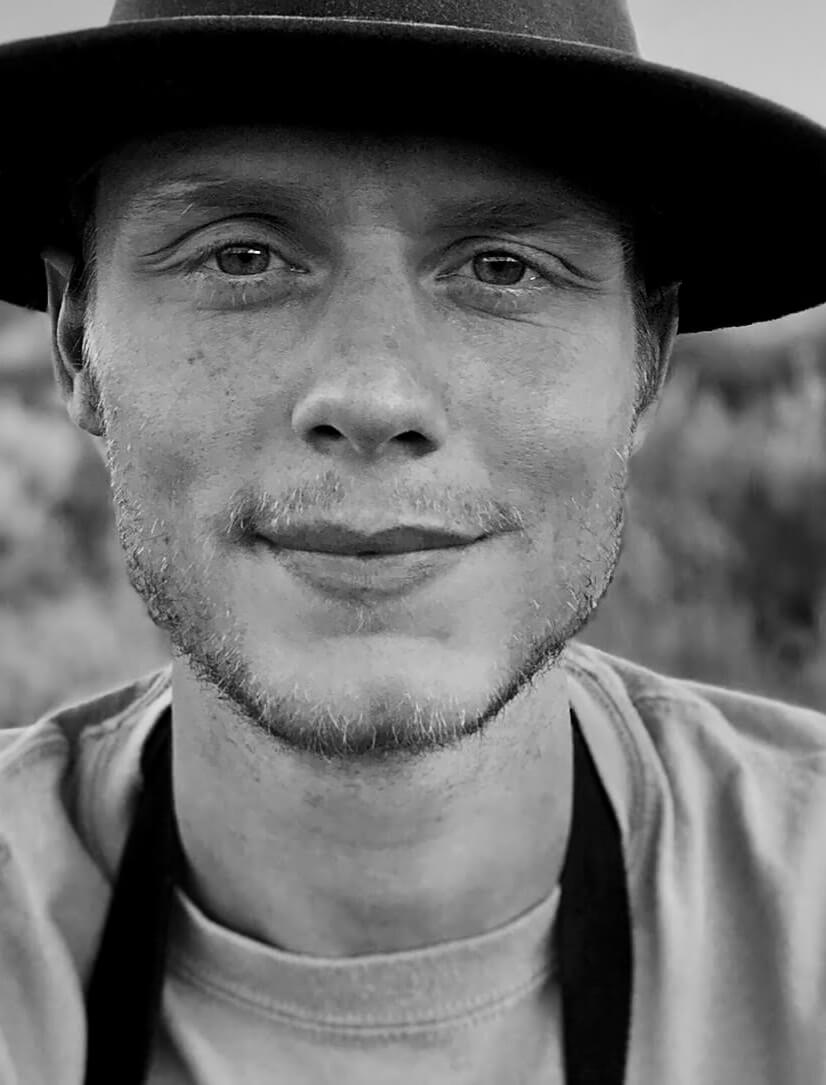Jefferson Caine Lankford is a photographer born and currently based in the United States. He uses a range of photographic techniques including alternative, analog, and digital practices. Jefferson earned a BFA in photography at East Carolina University in 2016 and also attended the Australian National University, located in Canberra, Australia - where he studied documentary photography. His work focuses on a variety of subjects, ranging from environmental concerns and foreign cultures to the various aspects of the American South, such as agriculture, poverty, and society.
To Be, Rather Than to Seem
The American South has an essence that sparingly reveals itself, thus requiring unprecedented determination and patience to photograph all its splendor. Nevertheless, and despite its elusiveness, this essence I am chasing - permeates; it lingers in the air of North Carolina, and when discovered, puts on a magnificent display. This essence appears in the eyes of a jet-black cat within an abandoned barn: it agonizes within the face of an elderly Amish man; it breathes deep within the shadow of a stray dog crossing a back road; it flourishes within the wings of starlings above a farm after heavy rain; it shines on a dilapidated door in the middle of nowhere, and it tirelessly works in the tobacco fields without complaint.
Over the past three years, I have traveled throughout many impoverished towns and across countless acres of farmland to document and share an original story of existence - life and death as it occurs in rural North Carolina. The photographs within this ongoing project, To Be, Rather Than to Seem - provides a window for others to witness these fleeting moments for themselves and embrace the beautiful raw essence of my homeland.
